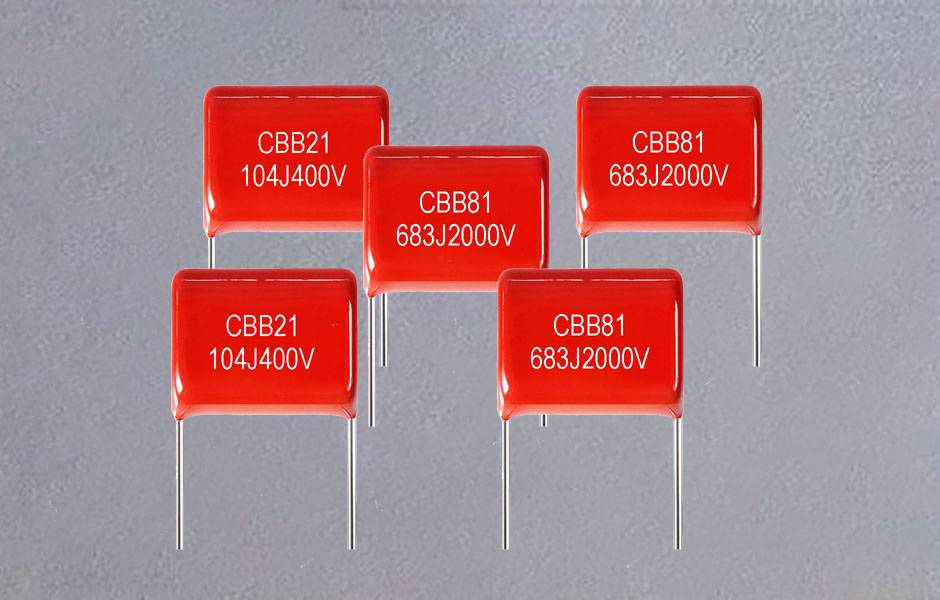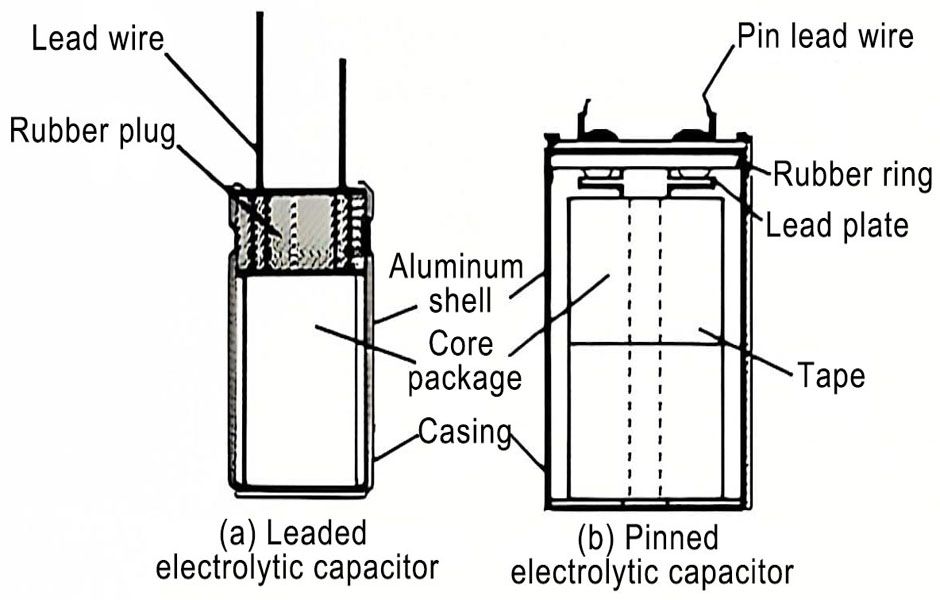Power capacitor are mainly used for reactive power compensation or phase shifting in the power system, and they are installed in large numbers in various levels of transformer (distribution) power stations.
The normal operation of these capacitors plays an important role in ensuring the quality and benefits of power supply and use of the power system. The problems that should be paid attention to in the operation of power capacitors and the corresponding treatment methods are introduced as follows, for reference by the peers.
1 ambient temperature
The ambient temperature around the capacitor cannot be too high or too low. If the ambient temperature is too high, the heat generated during the operation of the capacitor will not be dissipated; and if the ambient temperature is too low, the oil in the capacitor may freeze and easily break down. According to the relevant technical conditions of the capacitor, the working environment temperature of the capacitor is generally 40 ℃ as the upper limit. The temperature in most parts of our country is below this temperature, so it is usually not necessary to use special cooling facilities. If there is some kind of heat source near the capacitor, the room temperature may rise above 40℃. At this time, ventilation and cooling measures should be taken, otherwise the capacitor should be cut off immediately. The lower limit of the capacitor’s ambient temperature should be determined according to the type and nature of the medium in the capacitor. The medium in YY-type capacitors is mineral oil, which will not freeze even if it is below -45°C, so -40°C is specified as the lower limit of the ambient temperature. The medium in YL capacitors is easier to freeze, so the ambient temperature must be higher than -20°C.
2 working temperature
When the power capacitor is working, the temperature of its internal medium should be lower than 65℃, and the maximum should not exceed 70℃, otherwise it will cause thermal breakdown or cause bulging. The temperature of the capacitor shell is between the medium temperature and the ambient temperature, generally 50 to 60°C, and must not exceed 60°C.
In order to monitor the temperature of the capacitor, tung oil lime can be used to stick the probe of the thermometer at the middle two-thirds of the height of the front of the capacitor shell, or use a temperature test wax piece with a melting point of 50-60 ℃ to measure the temperature.
3 working voltage
Power capacitor are very sensitive to voltage. Because the loss of the capacitor is proportional to the square of the voltage, overvoltage will cause the capacitor to heat up seriously, and the capacitor’s insulation will accelerate the aging, shorten the life span, and even electrical breakdown. The grid voltage should generally be lower than the rated voltage of the capacitor itself, and the maximum should not exceed 10% of its rated voltage, but it should be noted that the maximum operating voltage and the maximum operating temperature cannot appear at the same time. Therefore, when the working voltage is 1.1 times the rated voltage, cooling measures must be taken.
4 Working current and harmonic problems
When the capacitor works on a power grid that contains “harmonic sources” such as magnetic saturation regulators, large rectifiers, and electric arc furnaces, high-order harmonics will appear in the alternating current. For the nth harmonic, the reactance of the capacitor will be 1/n of the fundamental wave. Therefore, the influence of the harmonic on the current is very strong, which is equivalent to n2 times the degree of influence on the voltage. For example, for the 5th harmonic, if its reactive power is 6% of the fundamental wave, then the voltage it causes is only (1/5)×6%=1.2% of the fundamental wave rated voltage, and The current it provides is as high as 5×6%=30% of the fundamental current. This harmonic current is very harmful to the capacitor, and it is very easy to cause the capacitor to break down and cause a short circuit between phases. Taking into account the existence of harmonics, it is stipulated that the working current of the capacitor shall not exceed 1.3 times of the rated current. When necessary, an appropriate inductive impedance should be connected in series with the capacitor to limit the harmonic current.
5 Arc problem when closing
When some capacitor banks, especially high-voltage capacitors, are closed and connected to the grid, arcing will appear on the circuit breaker or the converter due to the large closing inrush current. When encountering such a situation, the capacitance value of the capacitor bank should be adjusted or the converter should be replaced. The high-voltage capacitor can be eliminated by using a series reactor.
6 Discharge sound problem during operation
When the capacitor is in operation, there is generally no sound, but sometimes there are exceptions. The reasons for the sound are roughly as follows:
(1) The bushing discharges. The bushing of the capacitor is assembled type. If it is left in the open for too long, rainwater enters between the two bushings, and after voltage is applied, it may produce crackling discharge sound. At this time, the capacitor can be stopped and discharged, and the outer casing can be unloaded, dried and reinstalled.
(2) Lack of oil discharge. If there is a serious shortage of oil in the capacitor, so that the lower end of the casing is exposed to the oil surface, a discharge sound may be emitted at this time. For this reason, capacitor oil of the same specification should be added.
(3) Desoldering discharge. If there is false welding or desoldering inside the capacitor, it will flash over and discharge in the oil. If the discharge sound does not stop, it should be disassembled and repaired.
(4) Poor grounding discharge. When the core of the capacitor is in poor contact with the case, a floating voltage will appear, causing discharge noise. At this time, as long as the capacitor is shut down and discharged after treatment, so that the core and the shell are in good contact, the discharge sound can be eliminated.
7 explosion problem
When multiple sets of capacitors are operated in parallel, as long as one of them is broken down, the others will discharge through this one at the same time.
The discharge energy is very large, and the pulse power is very high, which causes the capacitor oil to vaporize rapidly, causing an explosion or even a fire. In severe cases, the building may also be destroyed. In order to prevent such accidents, an appropriate reactor or fuse can be connected in series with each capacitor, and then run in parallel.




